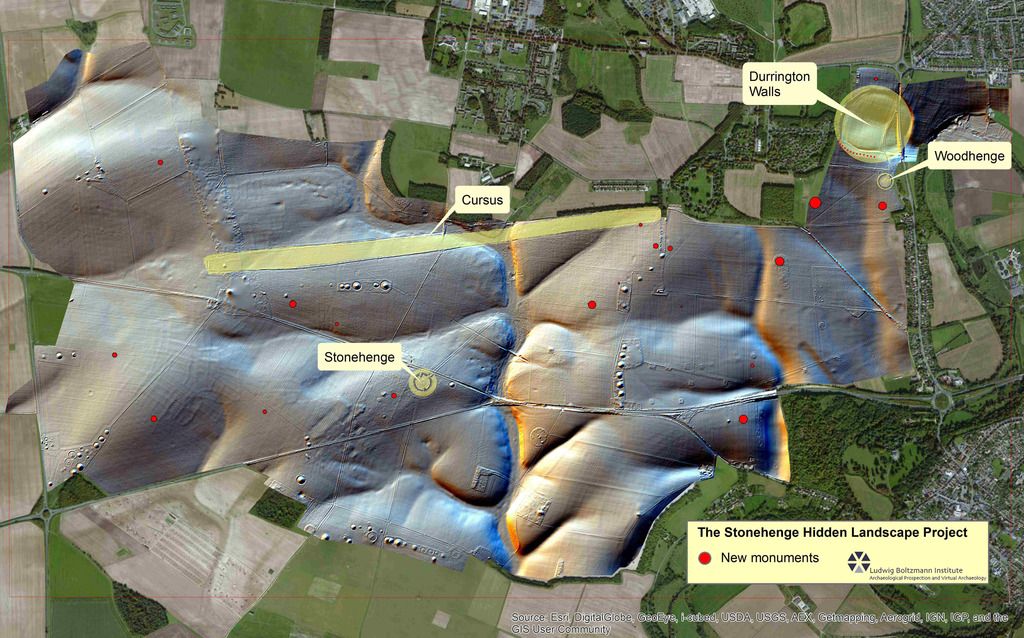Huge monument found near Stonehenge, 4,500-years-old
Digital Reporter
Tuesday, September 8, 2015, 1:25 PM - Researchers have found what has been dubbed as the "super-henge."
A collection of nearly 100 stones were discovered near the Stonehenge ruins and are believed to be part of the largest Neolithic monument built in Britain.
The remains of the ancient monument were found a mere 3 km away from Stonehenge by means of remote sensing technologies . The University of Bradford researchers announced Monday that the stones are believed to have been built around 4,500 years ago.
The Stonehenge Hidden Landscapes team has been creating an underground map of the area over the course of five years, without the need for excavation. The evidence was found under 3 ft of earth near the Durrington Walls. Some of the stones measure 15 feet in length.

Researchers say the findings are a game changer in Stonehenge's history.
![]() RELATED: Magic of Stonehenge shown off on 2015's longest day
RELATED: Magic of Stonehenge shown off on 2015's longest day
"Everything written previously about the Stonehenge landscape and the ancient monuments within it will need to be re-written,” Paul Garwood, senior lecturer in Archaeology at the University of Birmingham, and the principal prehistorian on the project said in a release.
Historians believe Stonehenge was erected between 2400 and 2200 B.C. and played a vital role in ancient religious ceremonies.
Each year thousands of Druids and Pagans gather at the World Heritage site located in Whilshire, England for the Spring Equinox, summer solstice and winter solstice to watch the sun rise above the stones. These celebrations are times of reflection, cleansing and renewal.
Source: Stonehenge Tours | CBC | Ludwig Boltzmann Institute
'Archaeology on steroids': huge ritual arena discovered near Stonehenge https://t.co/Z3fdVIF8Of pic.twitter.com/cyTiCgIyFZ
— Archaeology (@ArchaeologyRR) September 7, 2015


